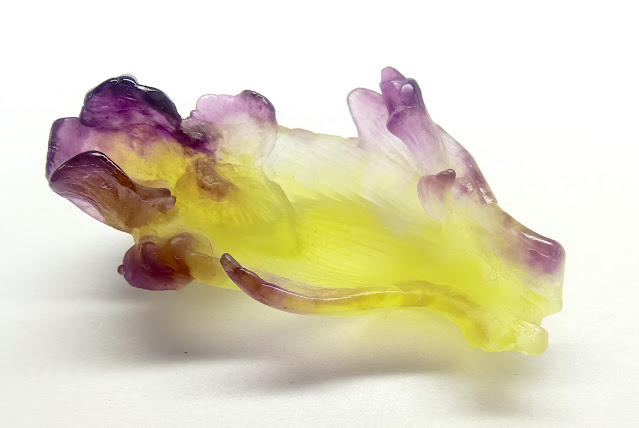for a collector of Lladró is this large and lovely sculpture of two pescadoras (fisherwomen). Called "Sea Harvest" or "Pescadoras," this evocative figurine was sculpted by Antonio Ramos in 1984 and retired in 1990. It is stamped underneath with the Lladró mark and comes on its original wood base.
The figurine is in a finish called "gres." In the 1970s, Lladró developed a unique material that blended porcelain with clay, giving a figurine the earthy tones of pottery. Lladró used a warm color palette for its gres creations, carefully layering the enamel glazes to give the colors a special depth, luminosity, and subtly. Gres requires significantly longer firing and cooling times that porcelain to ensure that the enamel paints crystalize evenly.
Lladró was founded in 1953 by three brothers, Juán, José, and Vicente Lladró. Encouraged by their mother, the brothers were educated at the Valencia School of Arts and Crafts, where they studied sculpture and painting. They first began with a kiln they built at their parents' home, producing ceramic flowers and decorative items for sale in the local market and by 1956 the brothers began creating the sculptural figurines for which Lladró has become world famous. After expanding their workshop several times to meet growing demand for their porcelains, the brothers in 1958 relocated to a factory in Tavernes Blanques, where Lladró still resides today.
All posted items are for sale at Next-to-New, but things can sell quickly!
15901-90









